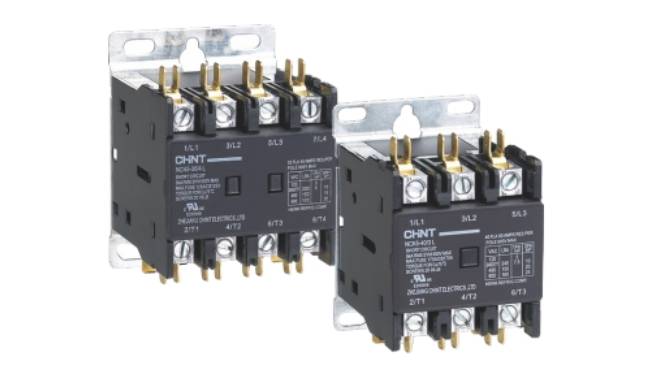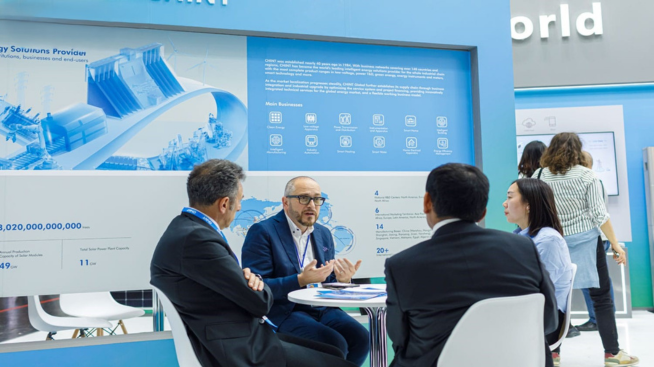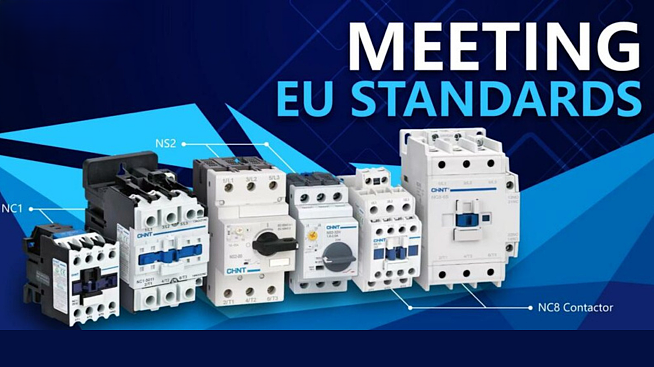The installation or replacement of a commercial HVAC system incurs substantial costs. For this reason, managers must closely monitor HVAC cost trends to ensure their budgets align with potential installation costs.
Several factors influence residential and commercial HVAC costs, including system type, tonnage requirements, site conditions, and energy efficiency rating. In this article, we discuss the primary cost determinants of HVAC systems to help you stay attuned to modern HVAC systems’ affordability.
What Affects the Cost of a Commercial HVAC System?
In industrial applications, the cost of an upgraded or new HVAC system depends on its cooling or heating capacity, reliability, lifespan, and compliance with regulatory requirements. Below, we discuss these factors in detail.
System Type
The type of air conditioning (AC) system significantly affects its installation cost.
For instance, package rooftop units (RTUs) like air handlers, condensers, and compressors, which are mounted on the roof, have lower upfront and installation costs. As these units are positioned directly on the establishment’s roof and connect to an existing ductwork below, no complex piping or extensive component coordination is required.
Meanwhile, Variable Refrigerant Flow (VRF) Systems have a higher initial cost. These systems use advanced mediums to modulate refrigerant flow to multiple indoor units for optimal heating or cooling. But the VRF system’s exorbitant cost is usually offset by its superior energy efficiency and fewer maintenance needs.
Chiller-based HVAC systems are the most costly among the three. These centralized systems often require plant equipment and a complex piping network to distribute chilled water to air handlers or fan coil units. The primary advantage of this setup is its scalability, particularly in large facilities or multi-building campuses.

Tonnage Requirements
In HVAC systems, “tonnage” or “ton” pertains to the system’s cooling capacity. It is the amount of heat that can be absorbed or removed from a space in one hour. Note that tonnage has nothing to do with the weight of the HVAC unit.
A “ton” is equal to 12,000 British Thermal Units (BTUs) of heat per hour.
The required tonnage for a property depends on its total square area, ceiling height, insulation quality, and other factors. But generally, large spaces require higher tonnage, especially if they have high occupancy. However, higher tonnage drives HVAC installation costs because it requires bigger equipment, robust electrical wiring, larger ductwork, and more labor.
Energy Efficiency Ratings and Operating Costs
Some commonly used metrics to gauge the AC system’s efficiency are:
- Seasonal Energy Efficiency Ratio (SEER): estimates average efficiency over a cooling season.
- Energy Efficiency Ratio (EER): a snapshot of efficiency at a specific outdoor temperature (e.g., 95°F)
- Integrated Energy Efficiency Ratio (IEER): measures part-load efficiency under different operating conditions
The higher the respective values of SEER, EER, and IEER, the less energy the HVAC system will use for cooling. Note that HVAC units with higher energy efficiency ratings have higher upfront costs, but are cheaper to operate because they ensure lower power bills.
Installation Scope and Site Conditions
A critical cost consideration beyond the HVAC units is the installation site and scope. The complexity of the site’s structures and features can increase the installation cost.
For instance, if a property needs a heavy HVAC rooftop unit, structural analysis or roof reinforcements might be needed, which incurs additional cost. Some rooftop units also require crane lifts, which entail scheduling coordination and implementation of fall protection measures.
For older buildings, retrofitting is usually necessary before HVAC system installation to get rid of old wiring, outdated insulation, and poor ceiling quality. However, retrofitting comes at a hefty cost because it is typically more labor-intensive and time-consuming than new construction.
In industrial zones, HVAC installation must be planned accordingly to prevent work interruptions. For this reason, it is usually performed at night or on weekends. Restricted access is also implemented through the use of special permits.
Component Reliability and Electrical Integration
A safe, durable, and reliable industrial HVAC system is essential to perform under demanding conditions. Most HVAC systems operate 24/7, so none of their components can be made of substandard materials that can risk malfunction.
It is essential to acquire HVAC systems with UL/CSA-certified components. For instance, well-certified contactors can seamlessly activate or disable HVAC compressors and motors throughout a cooling cycle. An example of a UL/CSA-certified contactor is CHINT’s NCK5 Definite Purpose Contactor 20~40A.
It features robust construction designed for commercial and industrial HVAC applications. NCK5 is available in a range of current ratings from 20 to 40 amps and is suitable for various motor and compressor loads for handling frequent and continuous cycling.
Meanwhile, overhead relays and control switches that pass rigorous quality tests are vouched by competent authorities that they can effectively protect motors and HVAC units when there is overcurrent.
However, expect that internationally certified systems are more expensive than the others. But this cost is offset by the guarantee that these HVAC systems are safe to use in an industrial setting.
Controls, Monitoring, and Automation Features
Integration of advanced functionalities in HVAC systems can also drive up their cost. For instance, the use of a Building Management System (BMS) for centralized monitoring and control of HVAC units in an establishment incurs additional expenses in the form of specialized controllers, communication interfaces, and software licenses.
Moreover, the use of smart thermostats that analyze energy consumption data and efficiency algorithms is more expensive than old-school thermostats. Smart thermostats usually require additional communication modules or wiring that add to the installation cost.
Lifecycle, Maintenance, and Support
The fair value of most HVAC products includes service contracts, filter replacements, and system tuning. While these features are essential for the upkeep and longevity of the HVAC units, they also add to both upfront and ongoing HVAC expenses.
Consider service contracts. Most manufacturers offered this as an add-on to the product in the form of scheduled maintenance, periodic inspections, emergency repairs, and sometimes even parts replacement. Oftentimes, the manufacturer extends this feature to the system’s upfront cost, but they usually provide these services for free if the need arises.
CHINT Offers Cost-Effective But Highly-Reliable HVAC Components
Multiple factors involving equipment and installation conditions can influence HVAC system cost. And it is crucial to be meticulous when assessing these factors to acquire a system that meets your property’s cooling and heating needs.
CHINT is a global energy solutions leader with over 40 years of experience in providing innovative technological products for energy storage, transmission, and consumption. We provide cutting-edge HVAC and refrigeration solutions engineered for energy efficiency, reliability, and sustainability. Our products can deliver precise temperature management across various industrial applications, from comfort cooling to cold storage. It is our commitment to help businesses sustainably achieve their target objectives.






